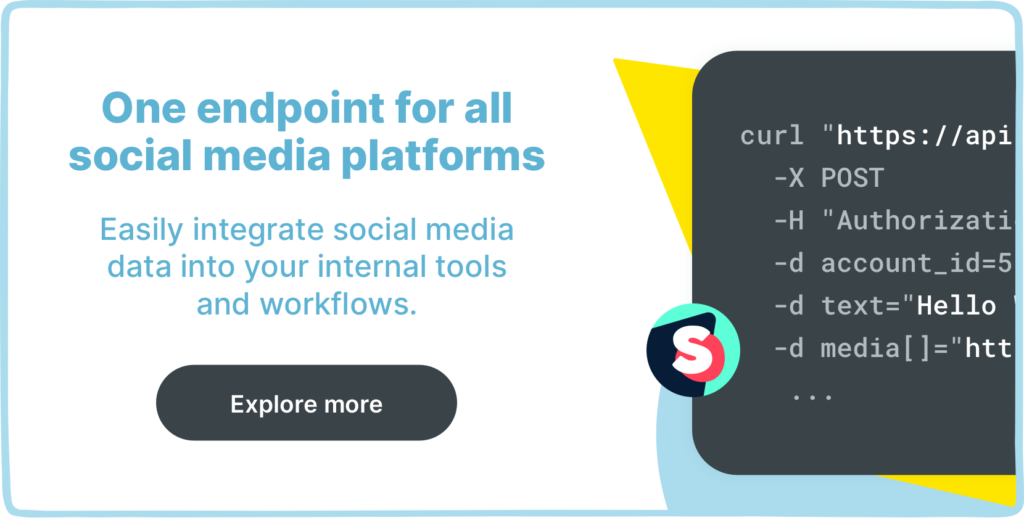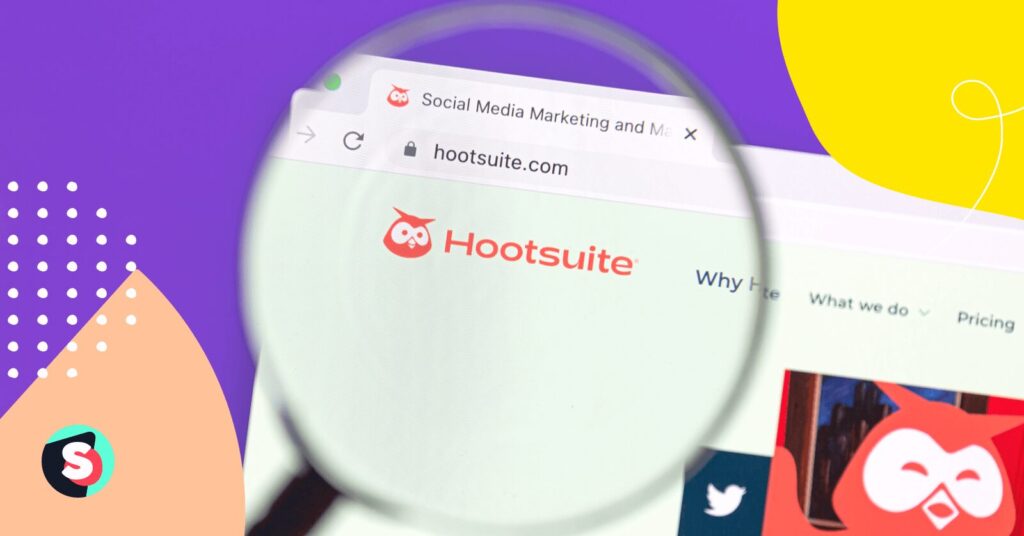Summarize this article via
If the phrase API sounds alien to you, don’t fear. APIs are a common part of accessing different services on the internet. As you’ll soon realize, you probably use them multiple times for all kinds of purposes.
But what exactly are they? And can they make any meaningful contribution to your work as a social media marketer?
Without making you wait, let’s dig straight into what APIs are. Afterward, we’ll focus on how, as a social media marketer, you can use them to make tasks way easier and boost your performance.
What are APIs?
The phrase API is an abbreviation for an application programming interface. This is an intermediary that makes it possible for two applications or servers to communicate and share data.
They fall into different types:
- Open APIs: otherwise known as public or external APIs, this type is available for developers to use to access data and other services for their own apps. Most social media APIs fall into this category.
- Internal APIs: used by companies to enable data sharing across different departments. This type is inaccessible to external parties.
- Partner APIs: similar to Open APIs, but accessing them typically comes with restrictions that are enforced through a third-party API gateway. But unlike Open APIs, they are usually intended for a specific purpose, like allowing access to a paid service.
- Composite APIs: enable developers to interact with and receive data from different endpoints with one request. This type is commonly used where a tool or a system is broken down into a collection of microservices, meaning the user needs data from multiple sources to perform a single task.
Here are some common API use cases that are probably familiar to you.
Everyday API Use Cases
When you order something from Amazon or another retailer, they use an API to connect to courier networks so the package is picked up as quickly as possible.
For one, each time you use an app on your phone, APIs are at work. iOS and Android have their own set of APIs. App developers use these apps these APIs to share data and instructions with the mobile platform, making it possible to share data with the device’s hardware.
When you log into Netflix and pick something to watch, an API communicates your preferred show to Netflix’s servers, where it’s then distributed for you to watch.
And, say you’re shopping online, you find something you like and you click on the website’s PayPal button to order. The store’s website uses integration to send a payment request to PayPal, with the specified amount and other important details. A pop-up authenticates that you’re the account owner and you pay for the pair of shoes or ice cream successfully.
You’re about to get a “payment successful” response, but only because the PayPal API sent the same response to the application.
Or, if you’re comparing flight or train tickets on a booking app, the app is requesting data from different transport services APIs and then sorting and arranging the data for you. The application is sending specific data requests to the APIs of different providers, then when it receives the data it displays it.
The running thread is they’re a middleman handling the interaction between applications, servers, web services, etc.
Can you see how common and spread across multiple uses APIs are? And can you see how powerful and wide-ranging their applications can be?
Now that you understand APIs and how they function, let’s move on to how they impact your work as a social media marketer.
Best API Use Cases for Social Media Marketers
All the major social media networks have their own APIs. For instance:
From the start, that means there’s a goldmine of data that an application can gather from interacting with the social media platforms — through APIs.
And we have a selection to show you. Let’s go over them.
With the help of Sociality.io, the marketers don’t need to deal with all the social networks API. Sociality.io does all the hard work on their behalf of them from fetching the data to standardizing it. You can simply use the Sociality.io API to access all the capabilities of the social networks and their own social media accounts data.
Use Case 1: Comprehensive Social Media Marketing Streamlining
We can all agree: It’s hard enough managing one brand’s accounts on different platforms. If you work at an agency, you have to do the same for multiple brands.
Enter APIs. They enable tools to communicate with platforms to request this data on all brands. This means you can compose and publish content, monitor accounts, engage with users — all from one dashboard.
And you can further streamline your daily tasks by scheduling posts ahead of time.
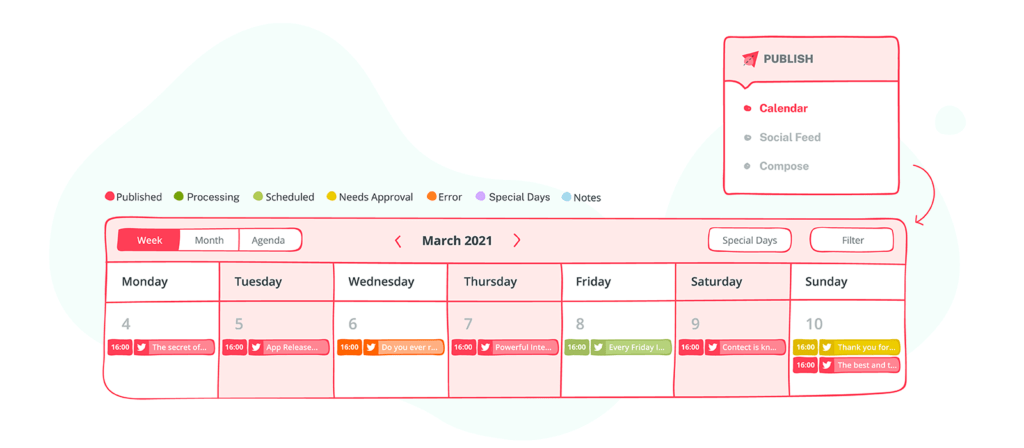
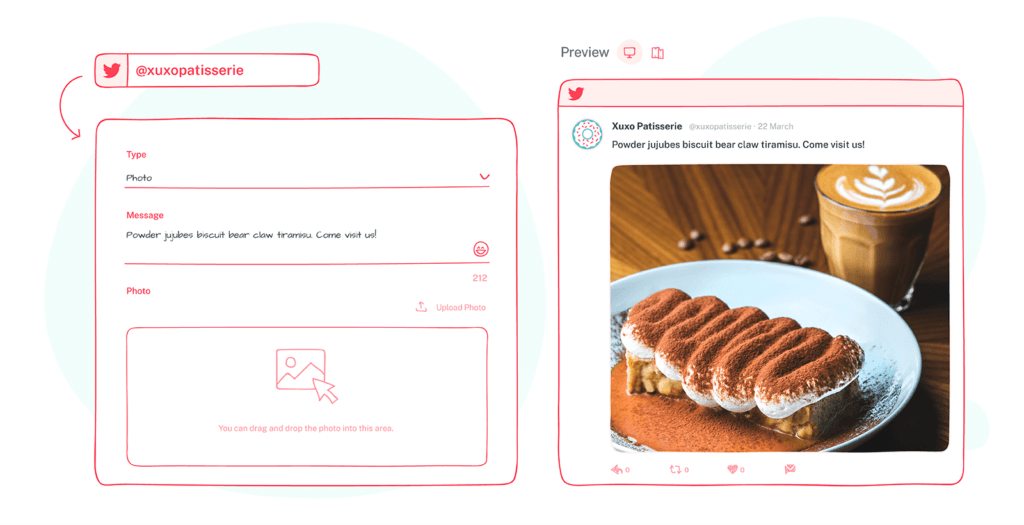
All your notifications show within the same unified dashboard, too.
The functionality provided by APIs enables you to perform nearly all the social media marketing tasks right within one app, on a neat, well-arranged dashboard.
Apart from heavily streamlining how you and your team function, this also frees you to focus on more productive analysis and tasks. And your performance resultantly soars!
Use Case 2: Performance and Growth Analytics
Imagine you’re a social media marketer before the age of APIs. If you want to keep track of how your account is growing, you have to record all metrics on the site regularly. And you have to store, arrange, and calculate them.
APIs mean social media marketing tools can communicate with the platforms directly, and do all the above — automatically.
Instead of logging into, say, Facebook to examine and record metrics every time, you can access them through an app, with all the data arranged.
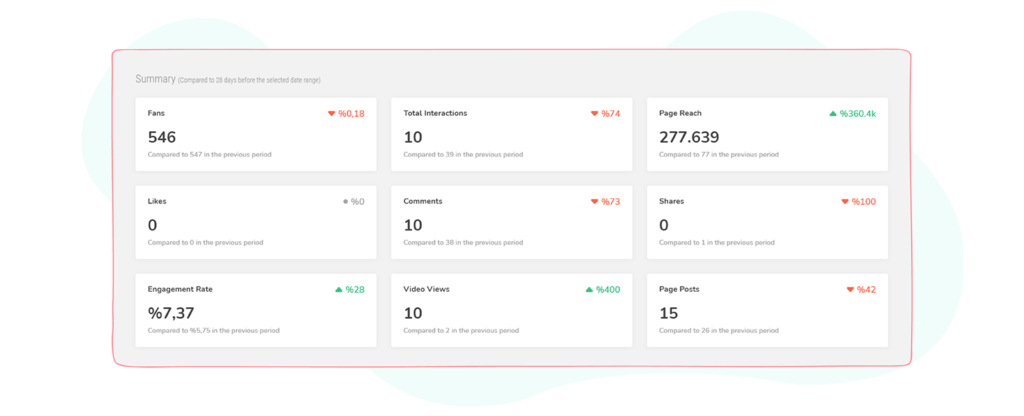

Plus, innovative features like data-rich reports sent straight to your email provide further automation and convenience.
And this opens the door to insights such as:
- Your audience’s most active hours
- Your best performing content
- Whether your overall performance is meeting goals, according to your KPIs?
- Competitor analysis, which comes next…
🧁 Related article: 5 Proven steps to master social media automation (+ Free tools)
Use Case 3: Competitor Analysis and Broader Insight Gathering
Now, picture this: You’re a social media manager trying to see how competitor accounts are performing and what they’re posting. Like the analytics mentioned above, this benchmarking would be mind-numbingly long and boring.
APIs enable applications to request data about your competitors — then show it to you. You select all your competitors, then you start receiving current and historical data on their performance and activities.
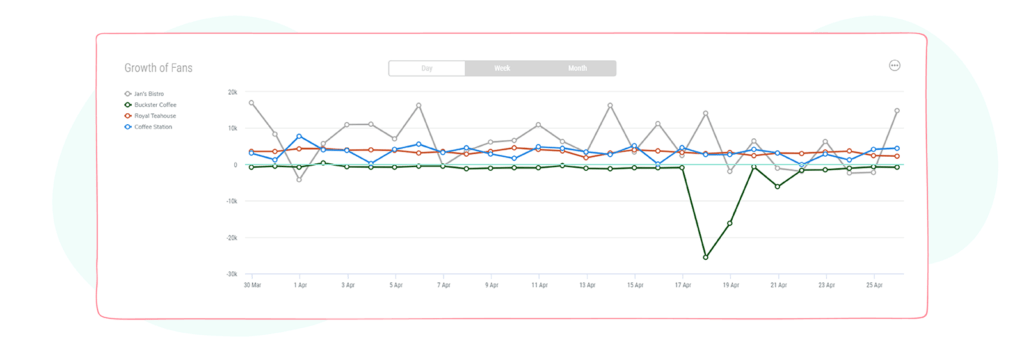
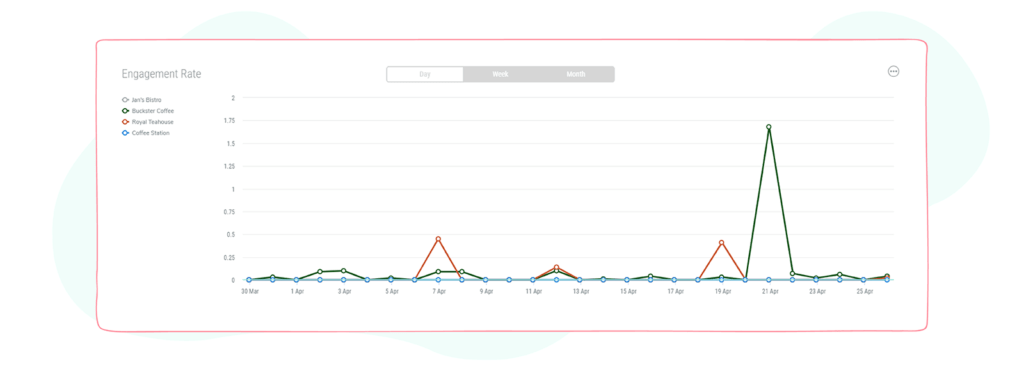
More than just your competitors, you can use the power APIs provided through tools to get a picture of the social media landscape for your brand and industry as a whole.
Among their insight-gathering capabilities, APIs make it possible for you to use tools for social media listening. And this is a function that lets you continually monitor brand health, discover how users feel about your product or service, and evaluate audience sentiment on various topics relevant to your brand.
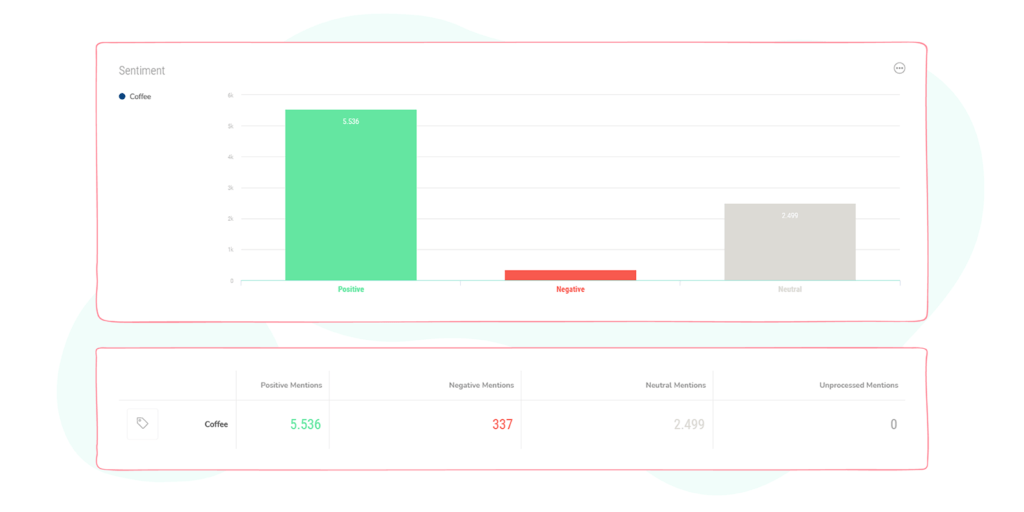
Imagine trying to get this data manually, platform by platform.
Yep, that would suck.
But APIs can enable social networks to share this data with third-party tools, so it’s easily presented to you.
In Conclusion…
As we wrap up, the important thing to remember about APIs is that they serve as intermediaries for applications and servers to communicate. This makes it possible for third-party tools to receive data from platforms and use it to provide functionality that may not be present or fleshed out natively.
The use cases span nearly every service offered through the web, including social media marketing. As a social media marketer, you can use API-driven tools to:
- Streamline all social media management processes, including publishing, monitoring, engaging with users, and collaborating as a team — within a single, orderly dashboard
- Analyze your performance across all your accounts, right down to individual posts
- Improve your social media strategy through mining insights from competitor benchmarking and carrying out social listening
